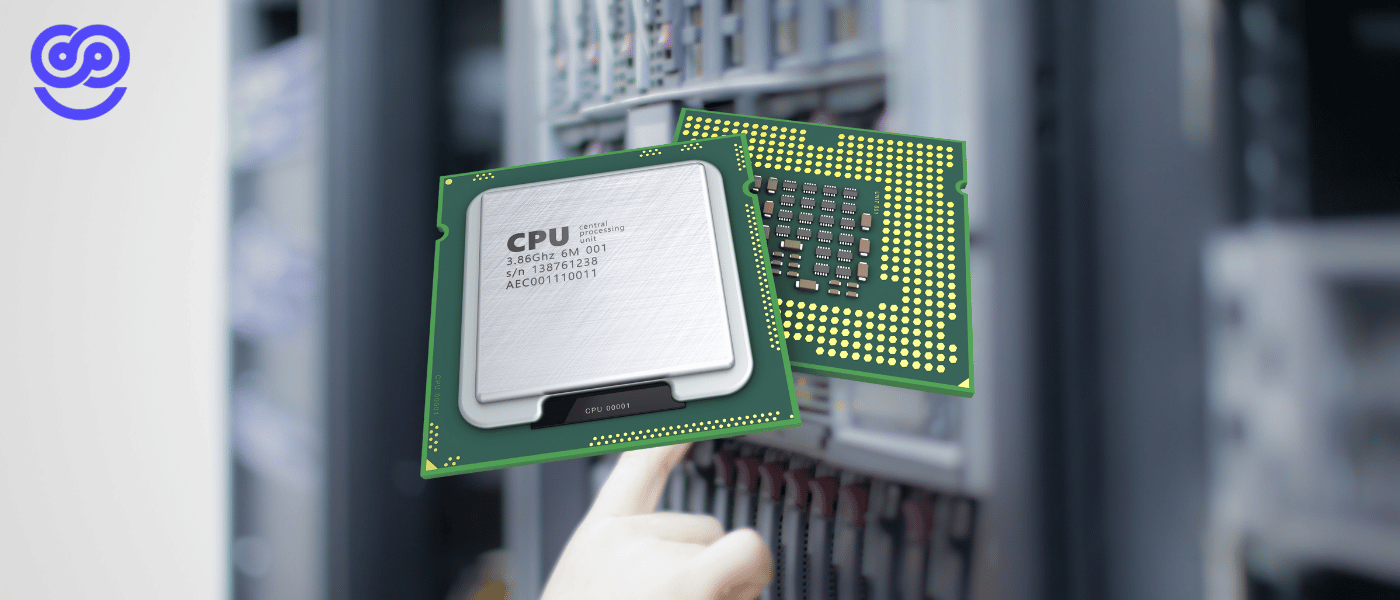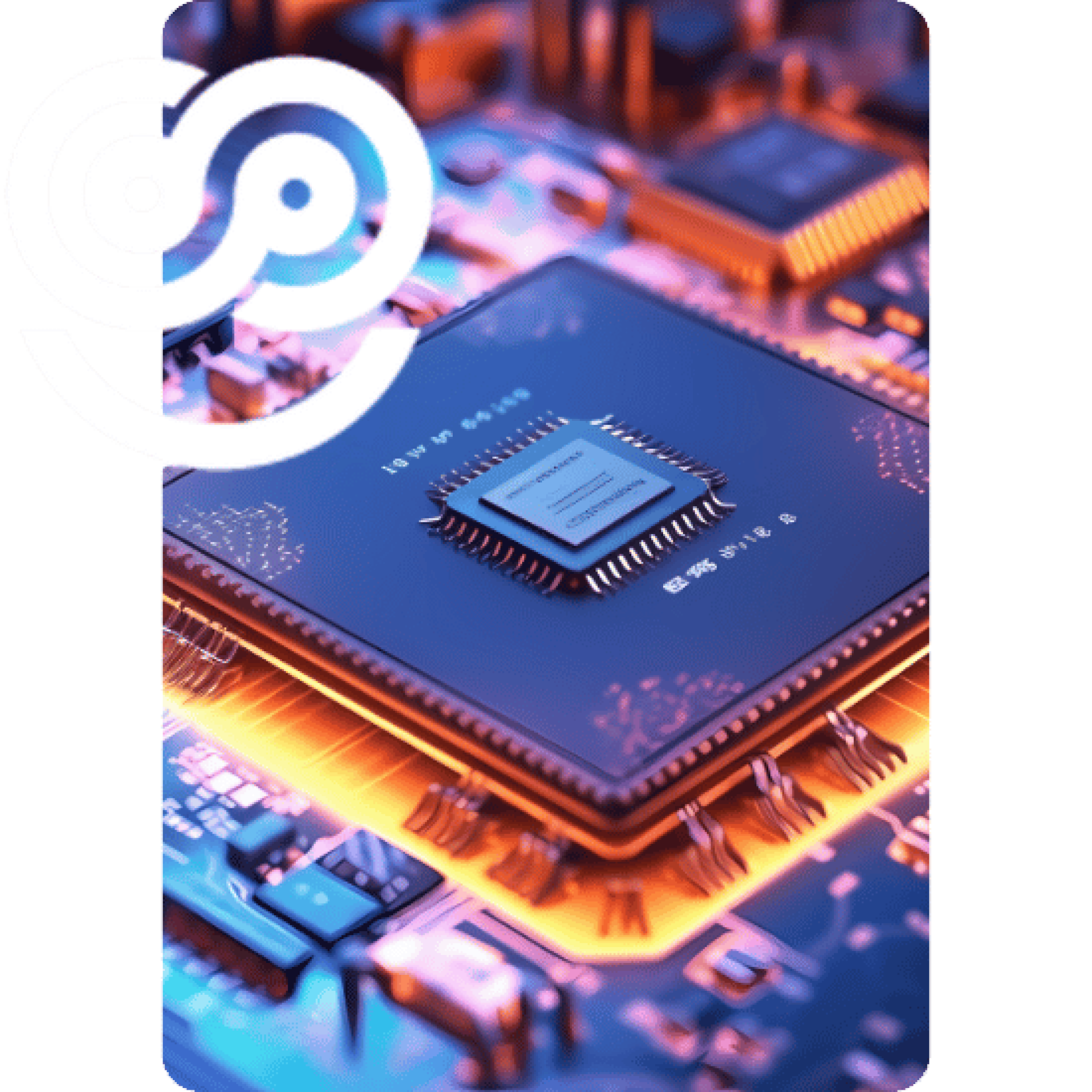Two of the most important components that determine the performance of computers, which are the cornerstones of today's technology, are the CPU (Central Processing Unit) and GPU (Graphics Processing Unit). Although they are both “processing units”, they have significant differences in terms of their tasks, architectures and working principles. So, what is a CPU, what is a GPU and what are the main differences between these two critical pieces of hardware?
CPU (Central Processing Unit): The Brain of the Computer

The CPU, often referred to as the “processor”, is considered the brain of the computer. It is responsible for the overall functioning of the system, executing commands, running the operating system and the basic calculations of most applications. CPUs usually have a small number of very powerful cores. These cores are designed to quickly perform tasks that require complex and sequential processing (for example, starting a program, opening a file, general system administration). High clock speeds and improved single-core performances increase the efficiency of CPUs in such tasks.
GPU (Graphics Processing Unit): Parallel Processing Specialist

The GPU, as the name suggests, was initially developed to process graphics, images and videos and display them on the screen. However, over time, thanks to its architecture, it has found a much wider range of uses. GPUs, unlike CPUs, consist of thousands of smaller and simpler cores. This structure allows the GPU to execute a large number of simple and repetitive tasks (parallel processing) simultaneously. This capability makes the GPU indispensable, especially in areas that require intensive data processing, such as rendering complex 3D graphics in games, video editing, scientific calculations, cryptocurrency mining and artificial intelligence. It is usually located on the graphics card or can be integrated (built-in graphics unit) with modern processors.
Key Differences Between CPU and GPU
- Architecture: CPU has few powerful cores, GPU has many simple cores.
- Processing Type: The CPU is optimized for complex sequential processing, while the GPU is optimized for simple parallel processing.
- Task Specialization: The CPU is ideal for general-purpose operations and system administration, while the GPU is ideal for intensive parallel computing such as graphics processing, artificial intelligence, scientific computing, etc.
- Operating Principle: The CPU handles tasks one by one and quickly, while the GPU can handle thousands of tasks simultaneously.
As a result, the CPU and GPU are complementary, not competitors. For a computer to deliver optimal performance, both units need to work together efficiently. While the CPU manages the overall operation, the GPU adds power to the system, especially by taking on the graphics and parallel computing load. When choosing a system for your needs, it is important to consider both CPU and GPU features depending on the tasks you will be doing (gaming, graphic design, general use, etc.).

